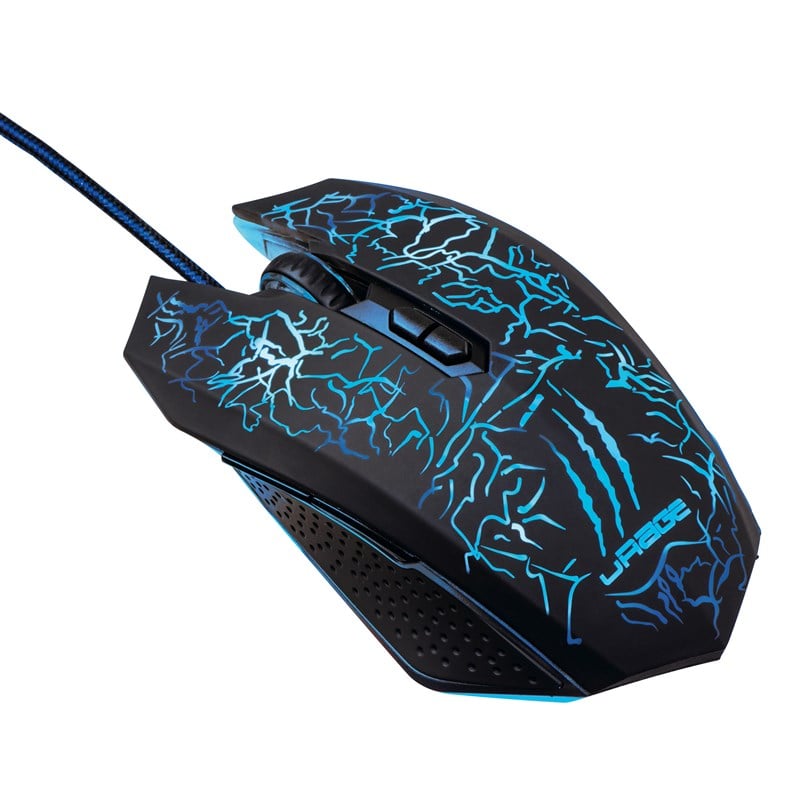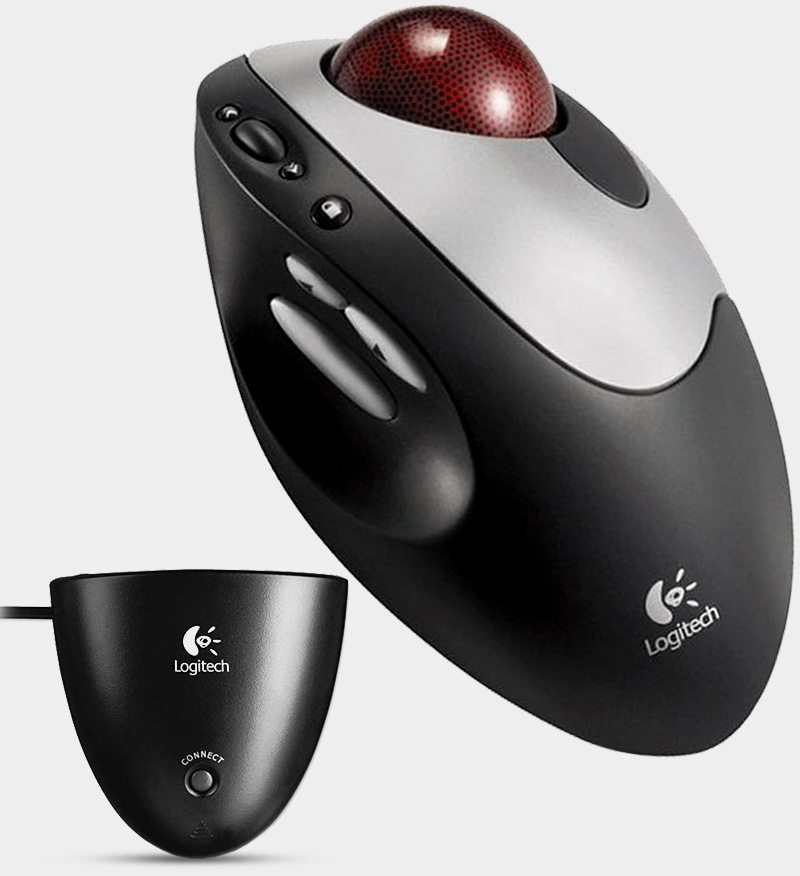
- SMOOTHMOUSE SOFTWARE DRIVERS
- SMOOTHMOUSE SOFTWARE FULL
- SMOOTHMOUSE SOFTWARE PC
- SMOOTHMOUSE SOFTWARE WINDOWS 7
Requires Windows 10/11 (with updates) excludes S mode and ARM devices. Game catalogue varies over time, by region, and by device.
SMOOTHMOUSE SOFTWARE FULL
PCs that have been running previous versions of Windows must do a full reset of the Windows 11 operating system for the feature to work. In order to keep you as safe as possible, you must start with a fresh system. Only available on the latest version of Windows 11. Some layouts only available based on display resolution and scale settings.ĭuring the device support period provided by the Original Equipment Manufacturer (OEM). Narrator natural voices availability varies by market: See Appendix A: Supported languages and voices. US English only for live captions, and voice access.
SMOOTHMOUSE SOFTWARE PC
Requires Windows PC with microphone capability. Features and app availability may vary by region. My current Mountain Lion/Mightly Mouse combo is okay, but I’ll still be closely watching SmoothMouse.Screens simulated.

The Magic Trackpad and Magic Mouse feel pretty laggy (probably due to Bluetooth), and non-Apple mice appear to be treated differently than Apple mice and still feel weird. Using the wired Mighty Mouse is bearable. Just to end things on a slightly more positive note, ever since OSX Lion the mouse movement has actually felt much better. Improvements in OSX Lion & Mountain Lion: While it does makes sense that this would add some lag, I don’t think it’s sufficient to explain what makes this so frustrating. I’ve also used Linux with Compiz, again with no noticeable mouse problems. I’ve used Windows Visa and 7 with Aero enabled and don’t recall noticing any issues.

However, I don’t think John Carmack’s guess that it’s due to window compositing is correct.
SMOOTHMOUSE SOFTWARE DRIVERS
The idea that’s actually due to lag makes a lot of sense to me, since I’ve tried so many different drivers (which are supposed to remove or change acceleration) without any satisfaction. The conventional wisdom has been that the unpleasant cursor movement is due to the acceleration curve. Why this lag thing is surprising (and exciting): Certainly not like the otherwise miserable Lenovo with Windows XP that I have to use at work. The various mice and drivers made the cursor movement feel different, sure, but not necessarily better. I’ve tried Steermouse, USB Overdrive, and the Mouse Acceleration Preference Pane. I’ve installed the Microsoft mouse drivers and the Logitech Control Center.
SMOOTHMOUSE SOFTWARE WINDOWS 7
Carmack suggests that this is due to OSX’s window compositing manager (the Windows 7 tests were done with its compositing window manager, Aero, disabled). He tested this on a Windows system and found essentially no lag. Even being generous with exactly which frame the mouse started moving on, I never counted less than 10 frames (at 240 hz = 42 milliseconds) and sometimes as many as 17 from the time the mouse moved to the time the pixels on the screen started to change.


 0 kommentar(er)
0 kommentar(er)
